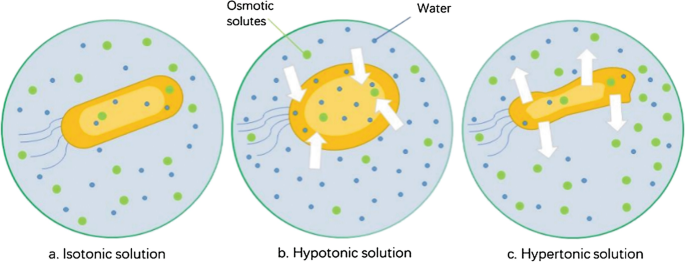Plasmid isolation 101: Why add Glucose?

Introduction:
Plasmid isolation from bacterial cells, particularly Escherichia coli (E. coli), is a crucial technique in molecular biology laboratories. These small, circular DNA molecules play a significant role in genetic engineering, as they often carry genes of interest for various recombinant DNA research and practical applications. However, isolating plasmids from bacterial cells requires precise conditions to ensure successful extraction. One critical component of the isolation process is the addition of glucose to the medium along with the P1 solution. But why is glucose essential in this context?
Glucose provides the correct Osmolarity to the cells:
In plasmid isolation protocols involving any strain of E. coli, the addition of glucose serves a vital purpose—it provides the correct osmolarity to the bacterial cells. Osmolarity refers to the concentration of solutes in a solution, which influences the movement of water across cell membranes. Bacterial cells, like E. coli, maintain a delicate balance of osmolarity to ensure their survival and proper functioning.
Necessary for maintaining In Vitro conditions while In Vivo:
When bacterial cells are subjected to plasmid isolation, they experience a shift from their natural, in vivo environment to an artificial, in vitro setting. This transition can disrupt the osmotic balance within the cells, potentially leading to cell lysis, change in cellular functions, or other adverse effects. By adding glucose to the medium via generally the P1 solution, researchers help cells maintain the correct osmolarity, mimicking the physiological conditions the cells experience in vivo.
Glucose as an Osmolyte:
Glucose serves as an osmolyte—a compound that helps regulate osmotic pressure—in the plasmid isolation process. As an easily metabolizable sugar, glucose can be readily taken up by bacterial cells and used as a source of energy. Additionally, glucose molecules contribute to the overall solute concentration in the medium, assisting in maintaining the osmotic balance necessary for cell integrity.

Preventing Cellular Damage:
Maintaining the correct osmolarity is crucial for preventing cellular damage during the plasmid isolation process. If the osmotic pressure within the cells is not properly regulated, water may enter or leave the cells rapidly, leading to swelling or shrinking, respectively. These changes in cell volume can disrupt cellular structures and ultimately compromise the integrity of plasmids being extracted.
Conclusion:
In the intricate process of plasmid isolation from E. coli, every component of the procedure plays a crucial role. The addition of glucose to the medium is not merely a formality but a critical step in maintaining the in vitro conditions necessary for successful extraction. By providing the correct osmolarity to the bacterial cells, glucose ensures that the integrity of both the cells and the plasmids remains intact throughout the isolation process. Understanding the importance of glucose in this context underscores the meticulous nature of molecular biology techniques and their reliance on maintaining precise physiological conditions for optimal results.
Takeaway
The vital role of Glucose in plasmid Isolation from E. coli is maintaining Osmolarity for successful extraction


